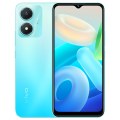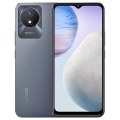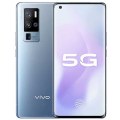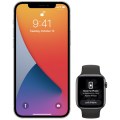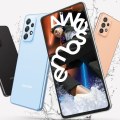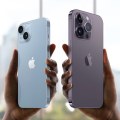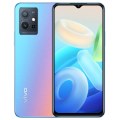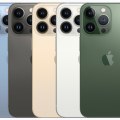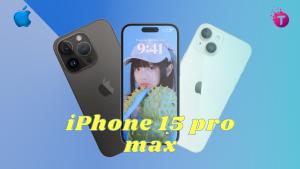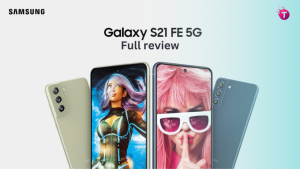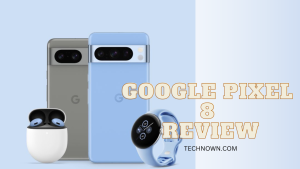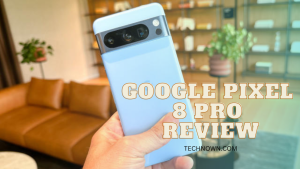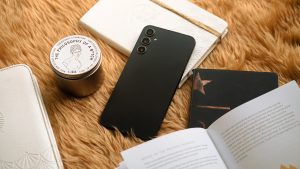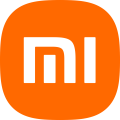vivo X50 Pro
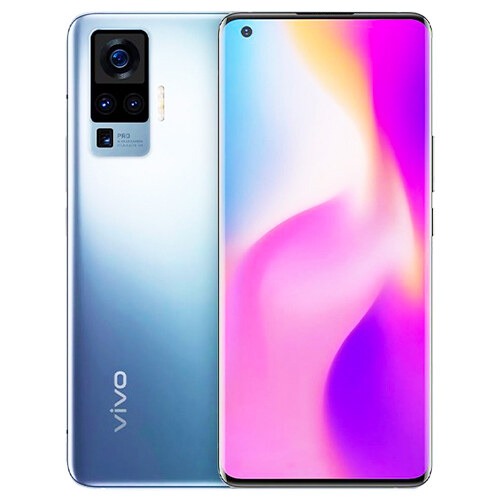


-
CPU:
-
RAM: 8GB /12GB
-
Storage: 128GB /256GB eMMC 5.1
-
Display: 6.7 inches, 102.8 cm2
-
Camera: 50 MP, f/1.6, (wide), 1/1.31", 1.2µm, Dual Pixel PDAF
-
OS: Android 10
Smartphones are no longer just devices to make calls or send texts. They have become an integral part of our lives and an extension of our personality. With the advancement in technology, smartphones have become more powerful and feature-packed. One of the latest and most talked-about smartphones is the Vivo X50 Pro. This phone has created a buzz in the smartphone industry. With its stunning design and exceptional camera capabilities. In this blog post, we will dive deep into the Vivo X50 Pro and see what makes it stand out from the crowd.
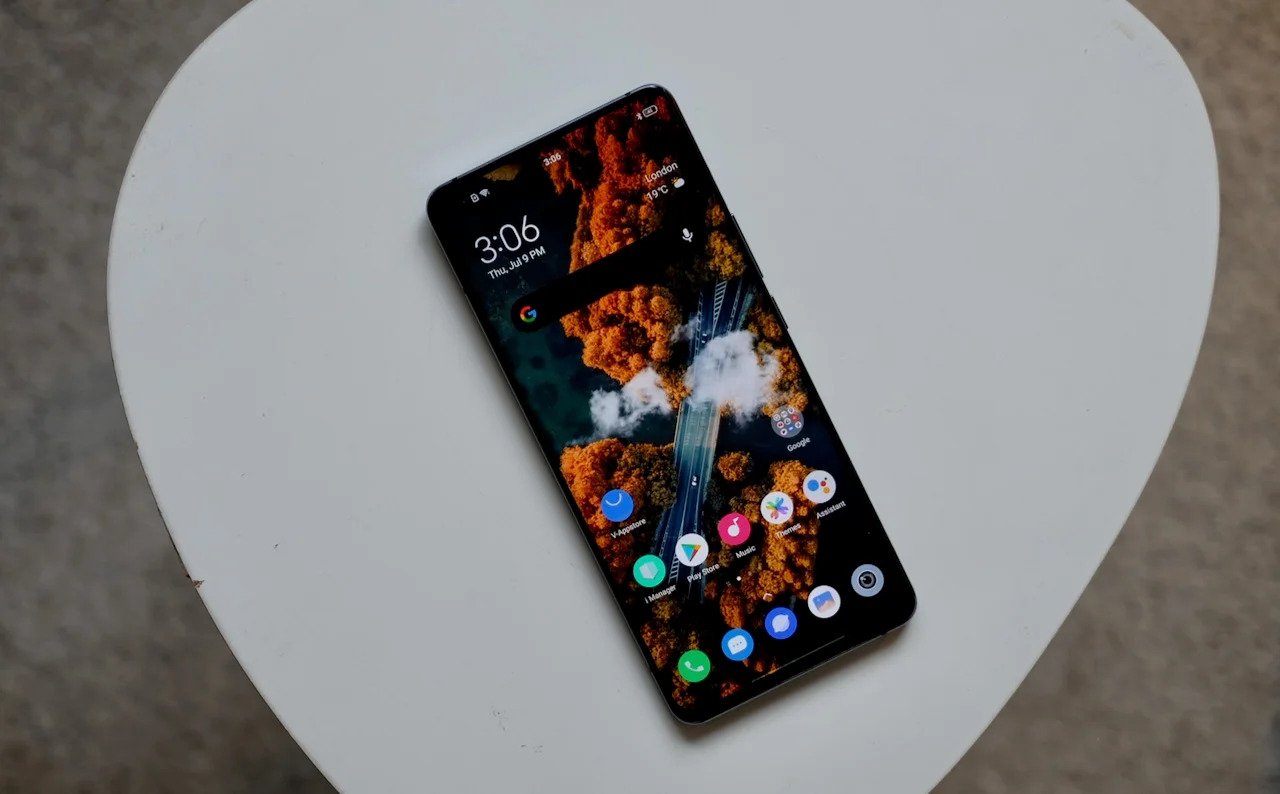
Design and Display
The Vivo X50 Pro has a sleek and elegant design. It has a glass front and back with an aluminum frame. The phone is available in two colors, Alpha Grey and Glacier Blue. The Alpha Grey color has a matte finish that gives the phone a premium look and feels. The Glacier Blue color has a glossy finish that looks stunning in the light. The phone has a curved display that gives it a modern and sleek look. The display is a 6.56-inch Full HD+ AMOLED display with a resolution of 2376 x 1080 pixels. The display is vibrant and colorful, and the viewing angles are excellent.
Camera
The camera is the highlight of the Vivo X50 Pro. It has a quad-camera setup that includes a 48-megapixel primary camera. An 8-megapixel periscope telephoto camera. A 13-megapixel portrait camera, and an 8-megapixel ultra-wide-angle camera. The primary camera uses a Sony IMX598 sensor with a gimbal stabilization system. The gimbal stabilization system is the same technology used in professional cameras. And helps in reducing camera shake and capturing stable and steady videos and photos.
The periscope telephoto camera has 5x optical zoom and up to 60x digital zoom. Which is the highest zoom capability on a smartphone. The portrait camera is designed for taking portrait shots with bokeh effect. And the ultra-wide-angle camera is perfect for capturing landscapes and group photos.
The camera app of the Vivo X50 Pro is easy to use, and there are a lot of shooting modes to choose from. The camera app has features like supermoon mode, super night mode. And astrophotography mode, which are perfect for capturing stunning photos. And videos in low-light conditions.
Performance
The Vivo X50 Pro is powered by the Qualcomm Snapdragon 765G chipset. Which is a powerful and efficient chipset. The phone runs on Vivo’s Funtouch OS 10.5, which is based on Android 10. The phone performs smoothly and handles multitasking with ease. That you can enjoy faster download and upload speeds and lower latency.
Battery
The Vivo X50 Pro has a 4,315mAh battery, which is good enough to last a full day with moderate usage. The phone supports 33W fast charging, which can charge the phone from 0 to 100% in just 57 minutes. The phone also supports 10W reverse charging, which means. That you can use the phone to charge other devices wirelessly.
Other Features
The Vivo X50 Pro has a lot of other features that make it a great phone. The phone has an in-display fingerprint scanner, which is fast and accurate. The phone also has Hi-Res audio certification, which means. That you can enjoy high-quality audio on the phone. The phone also has NFC, Bluetooth 5.1, and Wi-Fi 6 connectivity.
Conclusion
The Vivo X50 Pro is an excellent phone for anyone. Who is looking for a smartphone with exceptional camera capabilities. The
Specs
General
| Device Type | Smartphone |
| Announced | 24 December, 2024 |
| Status | Coming Soon |
Design
| Type <strong>Design Type</strong> called form factor refers to a mobile phone's size, shape, and style as well as the layout and position of major components of phone. There are three major form factors seen in mobile phones => bar phones, folding phones and sliding phones. | Bar |
Network
| 2G Network |
GSM 850 / 900 / 1800 / 1900 - SIM 1 & SIM 2 |
| 3G Network |
HSDPA 850 / 900 / 1900 / 2100 |
| 4G Network |
LTE band 1(2100), 3(1800), 5(850), 8(900), 40(2300), 41(2500) |
| SIM <strong>SIM</strong> (Subscriber Identity Module) is a small card that contains mobile network subscriber's account information. This allows the phone using the card to attach to a mobile network. The SIM card is most commonly associated with GSM and UMTS mobile networks. Moving a SIM card from one phone to another allows a subscriber to switch mobile phones without having to contact their mobile network carrier. SIM cards can also be used by a phone to store limited amounts of data, such as phone numbers and text messages. | Nano SIM |
| Dual SIM | Yes |
Display
| Display Type <strong>Display Technology => </strong> A number of display technologies and types used in mobile phones => TFT (Thin Film Transistor), IPS (In-Place Switching), OLED (Organic Light Emitting Diode), AMOLED (Active-Matrix Organic Light-Emitting Diode), Super AMOLED (an even advanced version of AMOLED), Resistive Touchscreen (Resistive touchscreens contain two layer of conductive material with a very small gap between them which acts as a resistance), Capacitive Touchsceen (Capacitive touchscreen technology consists of a layer of glass coated with a transparent conductor) | IPS LCD Capacitive Touchscreen |
| Size | 6.7 inches, 102.8 cm2 |
| Resolution | 1080 x 2400 pixels |
| Pixel Density <strong>Pixel Density (PPI)</strong> is refers to the concentration of pixels on a particular display, measured in pixels per inch (ppi). Pixel density is calculated by dividing the diagonal pixel resolution of a display by its diagonal size, higher pixel density better display quality. | 393 ppi |
| Touch Screen | Yes |
| Display Protection <strong>Display Protection => </strong> Gorilla Glass is a special alkali-aluminosilicate glass shield with exceptional damage resistance that helps protect mobile displays from scratches, drops, and bumps of everyday use, It is always better to go for a smartphone with Gorilla Glass for that added protection and peace of mind. | Corning Gorilla Glass v5 |
| Features |
HDR10 90Hz refresh rate |
Media
| Audio Playback | Yes |
| Alert Types | Vibration, MP3, WAV ringtones |
| Ring Tones | Yes |
| Loudspeaker | Yes |
Camera
| Primary <strong>Camera</strong> is able to capture photographs and usually videos, The most important characteristics of a camera are the resolution (measured in megapixels), lens focus type (fixed or automatic), higher megapixel cameras are known to capture higher quality photos, but not always a good measurement of the photos quality. | 50 MP, f/1.6, (wide), 1/1.31", 1.2µm, Dual Pixel PDAF |
| Image | LED Flash Exposure compensation, ISO control |
| Video | 4K@30fps 1920x1080@30fps, 1280x720@30fps |
| Camera Features |
Phase Detection autofocus Continuos Shooting, High Dynamic Range mode (HDR) Digital Zoom, Auto Flash, Face detection, Touch to focus |
| Flash <strong>Flash Light => </strong> There is commonly two types of flash lights are used in camera mobile phones, LED Flash (LED flash offers lower power consumption with drive circuitry that takes up very little room, LEDs can be strobed faster than any other light source), Xenon Flash (xenon flash produces an extremely intense full-spectrum white light for a very short duration) | Yes |
| Secondary | 32 MP, f/2.4, 26mm (wide), 1/2.8", 0.8µm |
Software
| Operating System <strong>OS => </strong> Every computer system run on a base software called Operating System (OS). Operating System controls all basic operations of the computer (such as smartphone, PDAs, tablet computers and other handheld devices). The Operating System allows the user to install and run third party applications (apps), apps are used to add new functionality to the device. | Android 10 |
| User Interface <strong>UI</strong> or user interface of a device is the look and feel of the on-screen menu system. How it works, its color scheme, how it responds to button presses, all of these things are part of the user interface. | Funtouch 10.0 |
| Facebook <strong>Facebook</strong> is a popular free social networking website that allows registered users to create profiles, upload photos and video, send messages and keep in touch with friends, family and colleagues. The site is available in 37 different languages. | |
| Youtube <strong>Youtube</strong> is a popular free video-sharing website, Youtube is the largest video sharing site in the world, Millions of users around the world have created accounts on the site that allow them to upload videos that anyone can watch. |
Hardware
| RAM (Memory) <strong>RAM</strong> (Random Access Memory) is a type of computer memory that can be accessed randomly, any byte of memory can be accessed without touching the preceding bytes that allows information to be stored and accessed quickly from random locations. RAM is the most common type of memory found in computer systems, smartphones, tablets and other electronic devices. | 12 GB |
| Internal Storage <strong>Internal Storage</strong> is a data storage space (flash memory) mostly used in smartphones, tablets and other electronic devices where operating system, apps, music, photos, videos, files and other user data Is stored. | 128GB /256GB eMMC 5.1 |
| Card Slot <strong>Memory Card Slot</strong> is a special slot for inserting a memory card. Memory cards allow you to expand the phone's built-in memory, A memory card (sometimes called a flash memory card or a storage card) is a small storage medium used to store data such as text, pictures, audio, and video, for use on small, portable or remote computing devices such as mobile phones, mp3 players, digital cameras. | No |
| Sensors <strong>Sensors</strong> are electronic components that detects and responds to some type of input from the physical environment. The specific input could be light, heat, motion, moisture, pressure and location, The output is generally a signal that is converted to use in computing systems, a location sensor, such as a GPS receiver is able to detect current location of your electronic device. |
Fingerprint (under display, optical), accelerometer, gyro, proximity, compass, color spectrum |
Connectivity
| Bluetooth <strong>Bluetooth</strong> is a wireless communications technology for exchanging data between mobile phones, headsets, computers and other network devices over short distances without wires, Bluetooth technology was primarily designed to support simple wireless networking of personal consumer devices. | 5.0, A2DP, LE |
| Infrared <strong>Infrared</strong> connectivity is an old wireless technology used to connect two electronic devices. It uses a beam of infrared light to transmit information and so requires direct line of sight and operates only at close range. | |
| Wi-fi <strong>Wi-Fi</strong> is a popular wireless networking technology using radio waves to provide high-speed network connections that allows devices to communicate without cords or cables, Wi-Fi is increasingly becoming the preferred mode of internet connectivity all over the world. | Wi-Fi 802.11, b/g/n |
| Wi-fi Hotspot | |
| USB | 2.0, Type-C 1.0 reversible connector, USB On-The-Go |
| GPS <strong>GPS</strong> The Global Positioning System is a satellite-based radio navigation system, GPS permits users to determine their position, velocity and the time 24 hours a day, in all weather, anywhere in the world, In order to locate your position, your device or GPS receiver must have a clear view of the sky. | Yes, with A-GPS, GLONASS, GALILEO, BDS |
| NFC <strong>NFC</strong> (Near field communication) is a set of standards for smartphones and similar devices to establish peer-to-peer radio communications with each other by touching them together or bringing them into proximity, usually no more than a few inches. | |
| HDMI <strong>HDMI</strong> (High-Definition Multimedia Interface) is a compact audio/video interface for transferring uncompressed video data and compressed or uncompressed digital audio data from a HDMI-compliant source device to a compatible computer monitor, video projector, digital television, or digital audio device. |
Data
| GPRS <strong>GPRS</strong> (General Packet Radio Service) is a packet oriented mobile data service on the 2G and 3G cellular communication system's global system for mobile communications (GSM), Generally, GPRS is used for the purpose of wireless data transfer, such as sharing pictures and videos or browsing the Internet via a mobile phone connection. | |
| EDGE <strong>EDGE</strong> (Enhanced Data GSM Environment) is a wireless network technology generally considered the next step in the 2G network offers data transfer rates up to four times faster than ordinary GSM networks, Generally, EDGE is used for the purpose of wireless data transfer, such as sharing pictures and videos or browsing the Internet via a mobile phone connection. | |
| Speed | HSPA 42.2/5.76 Mbps, LTE-A, 5G (3.6+ Gbps DL) |
Messaging
| SMS <strong>SMS</strong> (Short Messaging Service) is a text messaging service component of phone, Web, or mobile communication systems. It uses standardized communications protocols to allow mobile phone devices to exchange short text messages over the networks. | Yes |
| MMS <strong>MMS</strong> (Multimedia Messaging Service) is a standard way to send messages that include multimedia content (audio clips, video clips and images) to and from mobile phones over wireless networks using the WAP protocol. |
Battery
| Battery Type <strong>Battery Type => </strong> Cell phones run on various kinds of batteries depending on the manufacturer, phone size or shape and features. There are basically four types of cell phone batteries => Lithium Polymer, Lithium Ion, Nickel Metal Hydride and Nickel Cadmium. | Li-Poly (Lithium Polymer) |
| Capacity <strong>Battery Capacity</strong> is a measure (typically in Amp-hr) of the charge stored by the battery, and is determined by the mass of active material contained in the battery. The battery capacity represents the maximum amount of energy that can be extracted from the battery under certain conditions. | 5000 mAh |
| Placement | Fast Charging |

